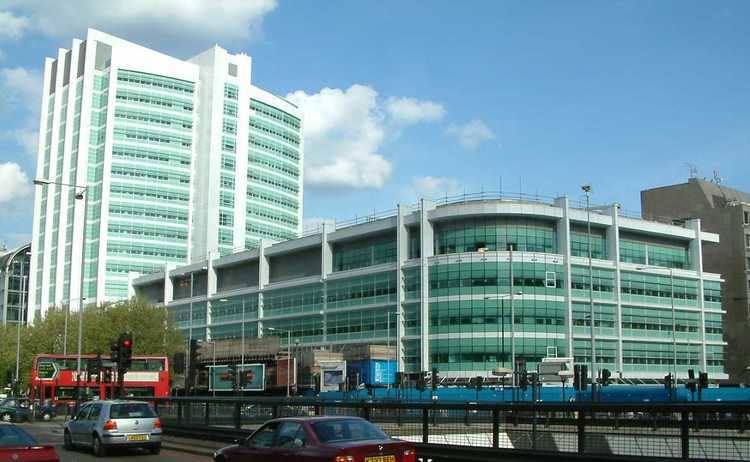Care system NHS Emergency department Yes Phone +44 20 3456 7890 London borough London Borough of Camden | Hospital type Teaching Founded 1834 Number of beds 665 | |
 | ||
Location Fitzrovia, London, England Affiliated university University College London Address 235 Euston Rd, Fitzrovia, London NW1 2BU, UK Hours Open today · Open 24 hoursSundayOpen 24 hoursMondayOpen 24 hoursTuesdayOpen 24 hoursWednesdayOpen 24 hoursThursdayOpen 24 hoursFridayOpen 24 hoursSaturdayOpen 24 hoursSuggest an edit Similar University College London, Royal Free Hospital, St Thomas' Hospital, Great Ormond Street Ho, National Hospital for Neurolog Profiles | ||
University college hospital macmillan cancer centre 5 years of compassionate care
University College Hospital (UCH) is a teaching hospital located in London, United Kingdom. It is part of the University College London Hospitals NHS Foundation Trust and is closely associated with University College London (UCL).
Contents
- University college hospital macmillan cancer centre 5 years of compassionate care
- University college hospital
- History
- Services
- References
The hospital has 665 in-patient beds, 12 operating theatres and houses the largest single critical care unit in the NHS. The Accident & Emergency department sees approximately 80,000 patients a year. It is a major teaching hospital and a key location for the UCL Medical School. It is also a major centre for medical research and part of both the UCLH/UCL Biomedical Research Centre and the UCL Partners academic health science centre.
The hospital is located on Euston Road in the Fitzrovia area of the London Borough of Camden, adjacent to the main campus of UCL. The nearest London Underground stations are Euston Square and Warren Street, with Goodge Street nearby.
The urology department moved to University College Hospital at Westmoreland Street, formerly the Heart Hospital, in 2015.
University college hospital
History
The hospital was founded as the 'North London Hospital' in 1834, eight years after UCL (then known as the London University), in order to provide clinical training for the "medical classes" of the university, after a refusal by the governors of the Middlesex Hospital to allow students access to that hospital's wards. It soon became known as University College Hospital.
In 1835 Robert Liston became the first professor of clinical surgery at UCH, and the first major operation under ether in Europe was conducted at the hospital by Liston on 21 December 1846. UCH was split from UCL in 1905, and a new hospital building designed by Alfred Waterhouse, known as the Cruciform Building, was opened in 1906. UCH merged with the National Dental Hospital in 1914, and the Royal Ear Hospital in 1920. The hospital was run by the Bloomsbury Area Health Authority from 1974. In 1994 UCH became part of the University College London Hospitals NHS Trust. The hospital site at the Cruciform Building was closed in 1995, despite strikes and an occupation in 1993. The building was purchased by UCL, for use as the home for the Wolfson Institute for Biomedical Research and the teaching facility for UCL bioscience and medical students UCL Medical School.
A major new £422 million, 75,822 m² hospital was opened in 2005, constructed by a partnership between AMEC, Balfour Beatty and Interserve under the Private Finance Initiative.
In October 2006, the hospital was nominated and made the Building Design shortlist for the inaugural Carbuncle Cup, awarded to "the ugliest building in the United Kingdom completed in the last 12 months", which was ultimately awarded to Drake Circus Shopping Centre in Plymouth.
In November 2008, the £70 million University College Hospital Elizabeth Garrett Anderson Wing was opened, allowing the hospital to offer all women's health services in one place (except some breast and gynaecology services).
Services
As of 2015 the following services were provided at the hospital:
